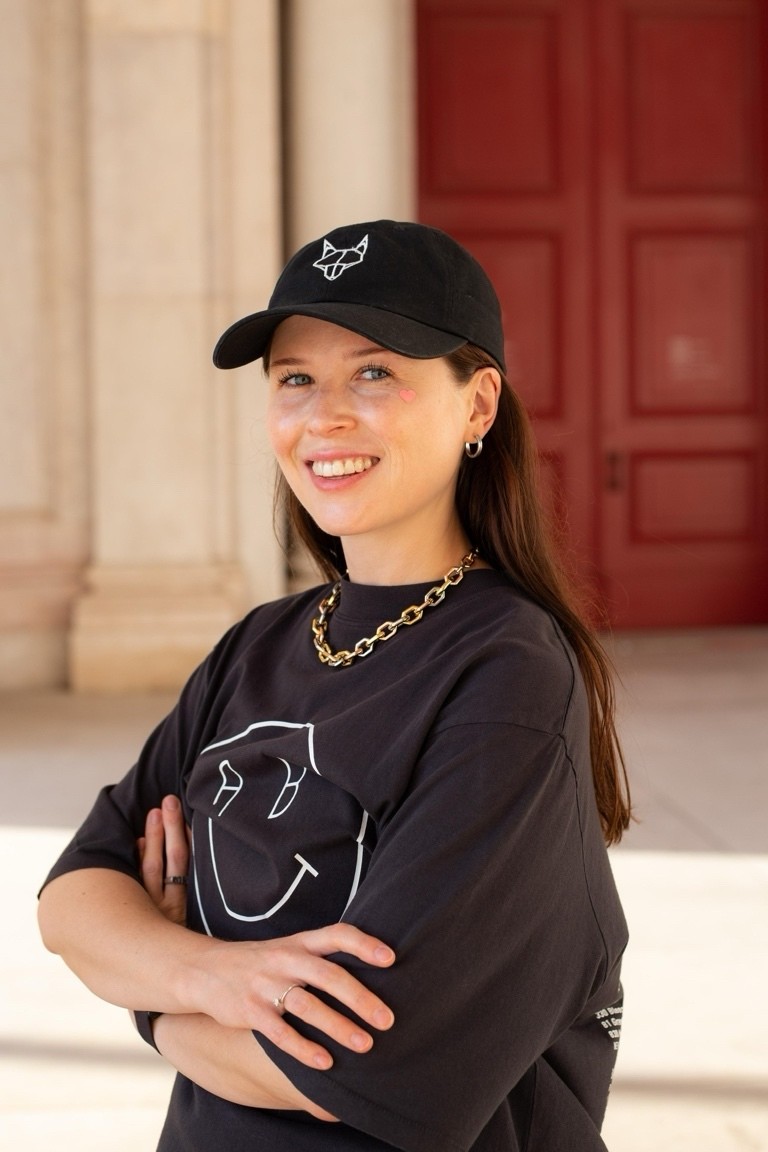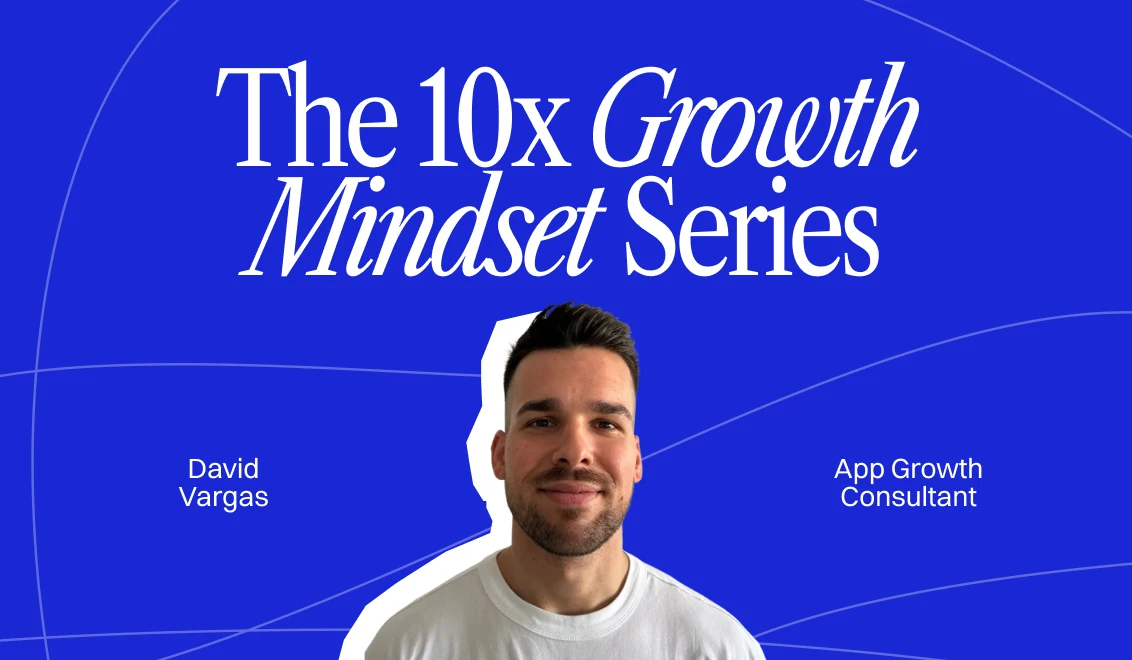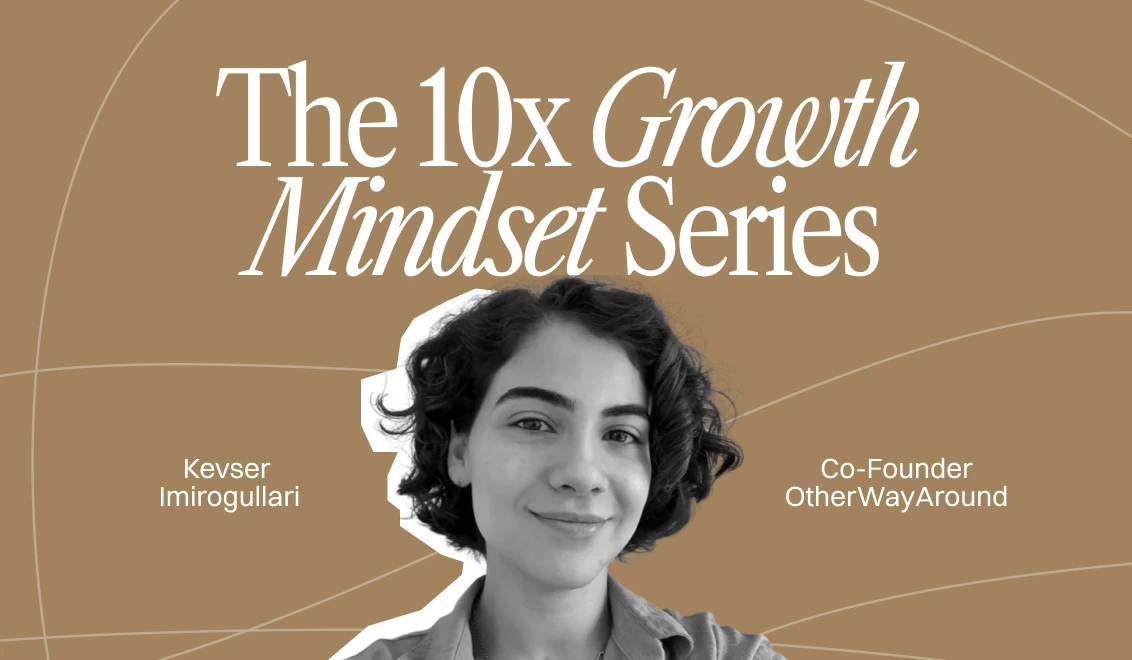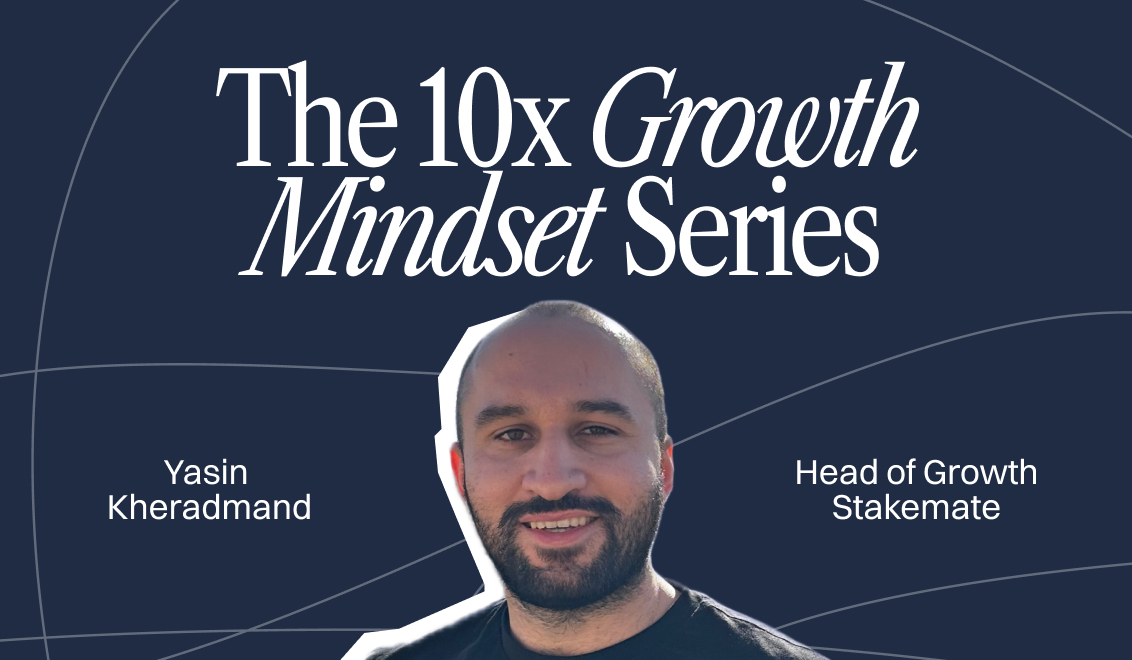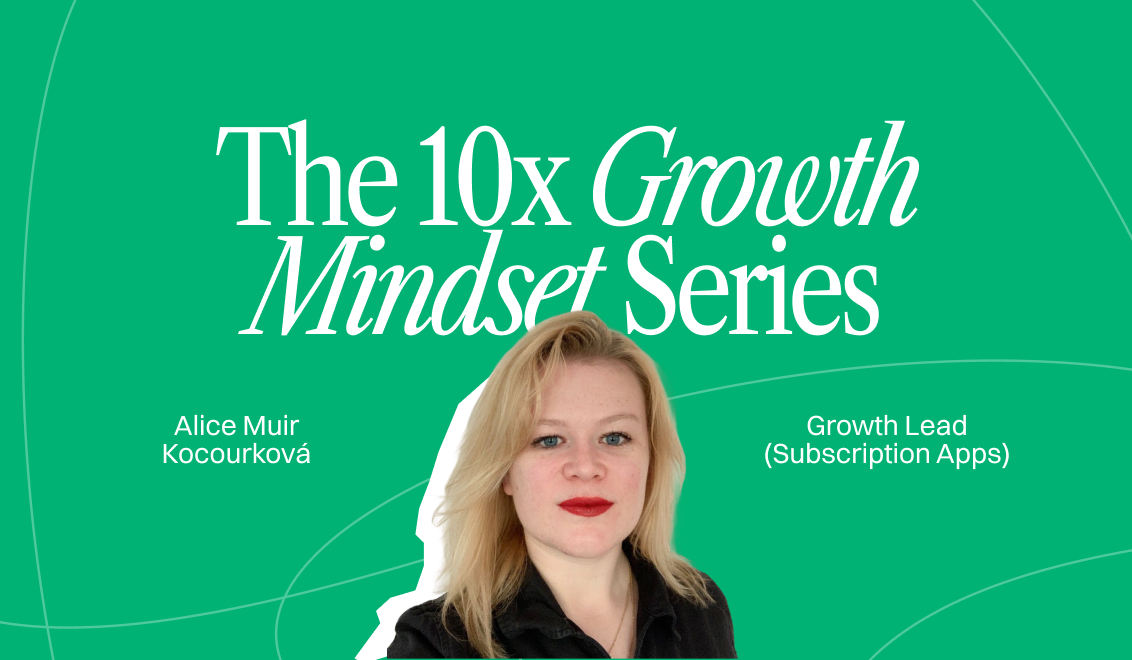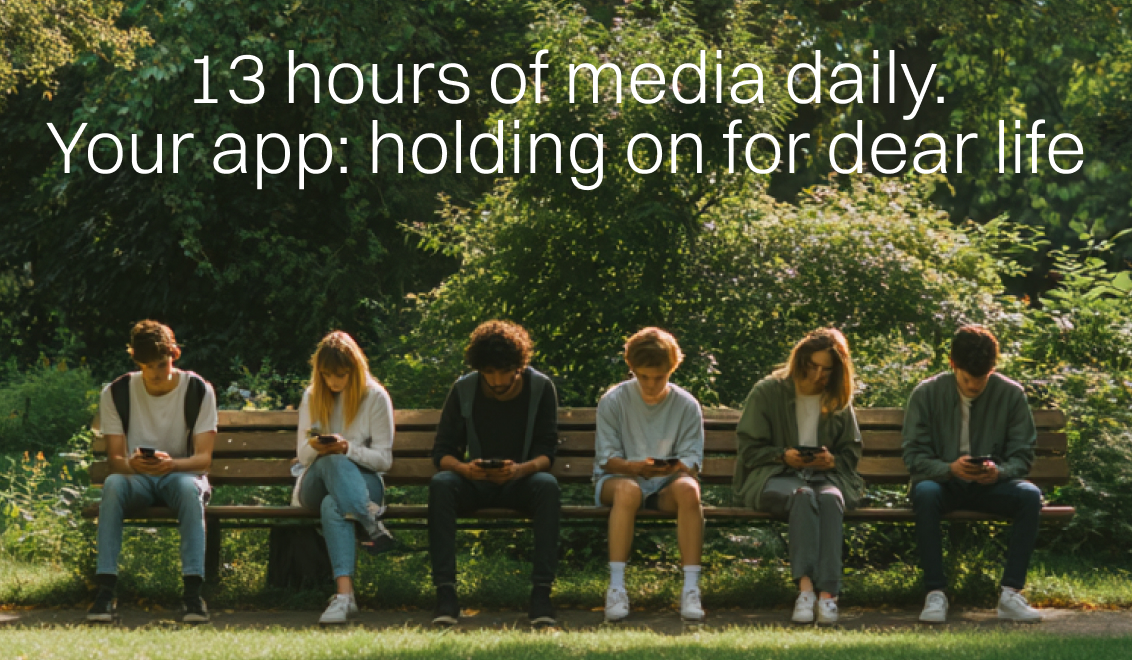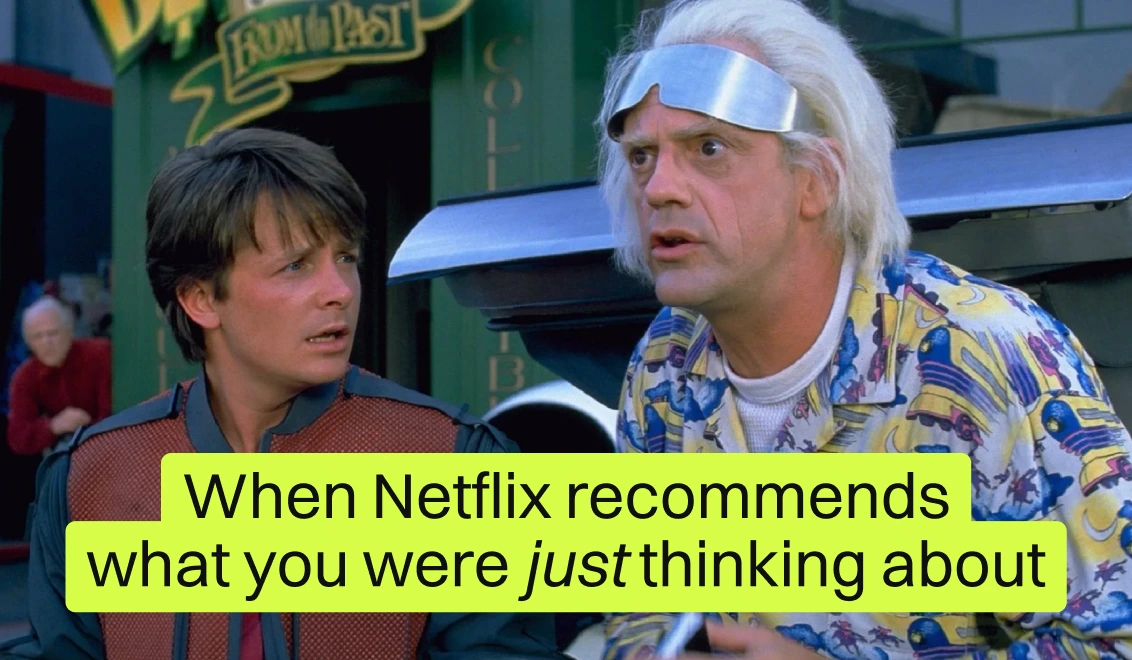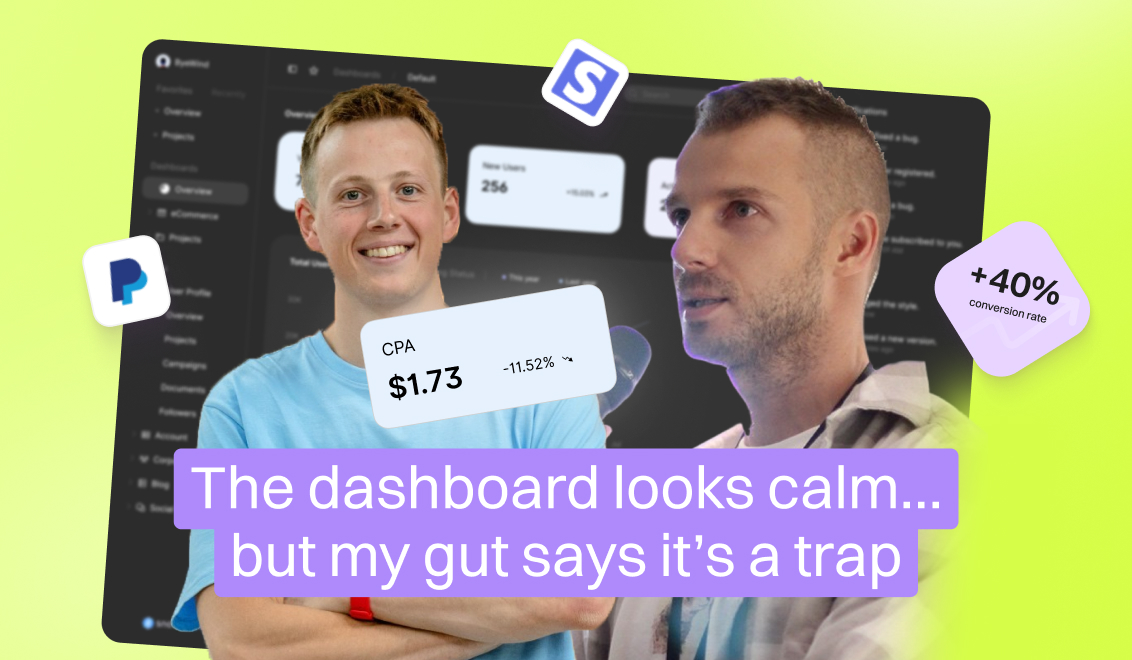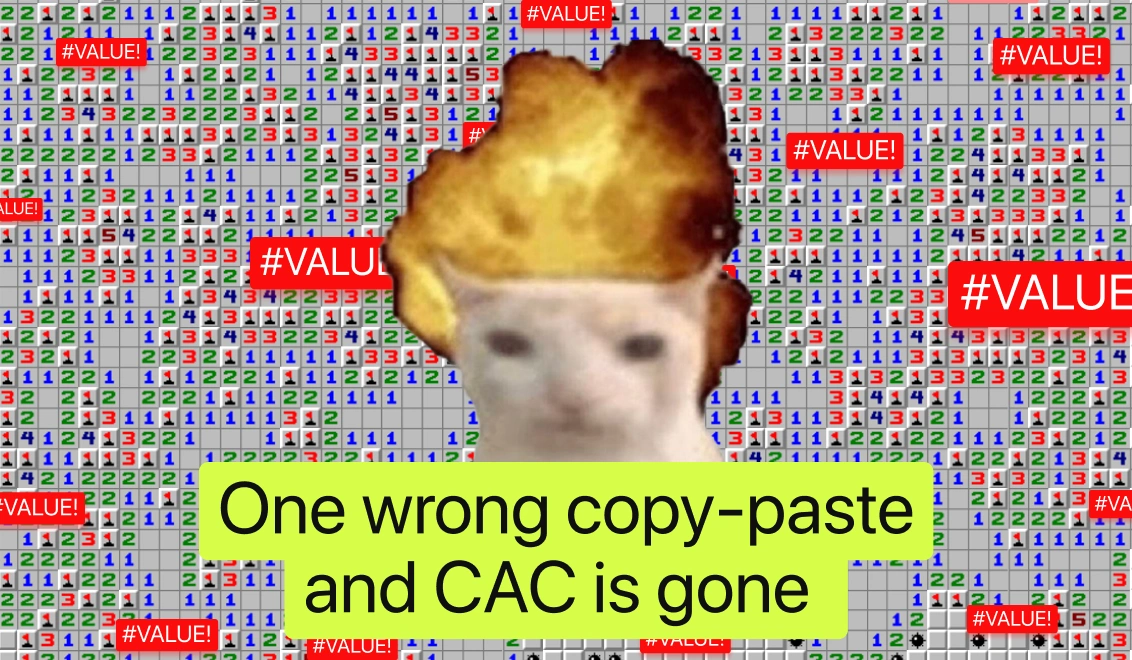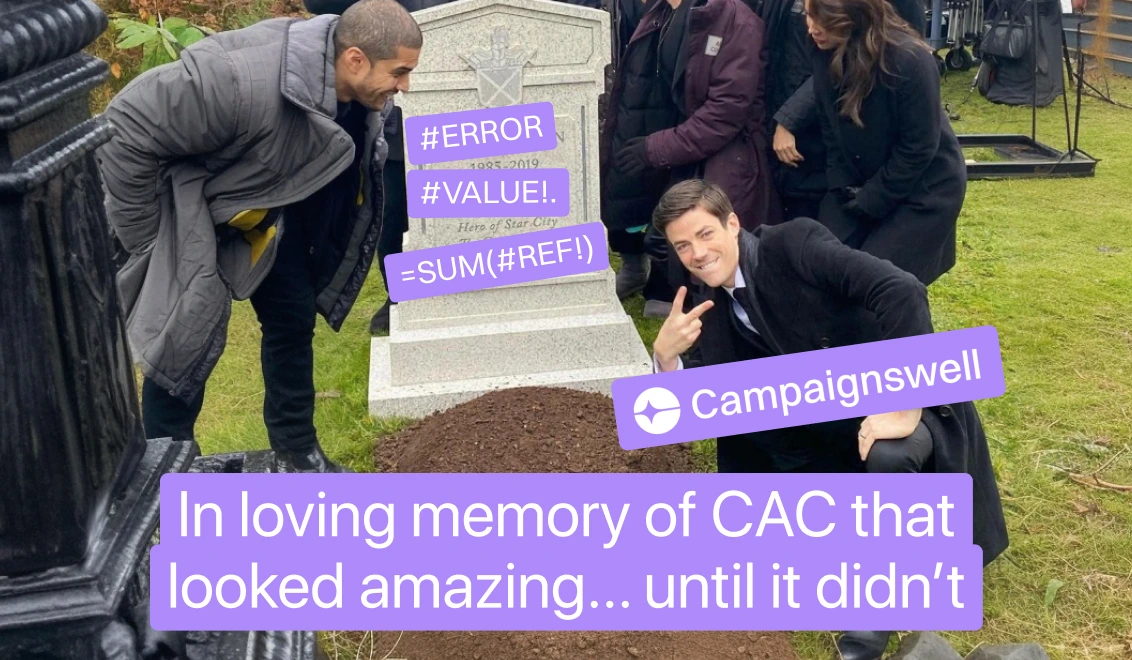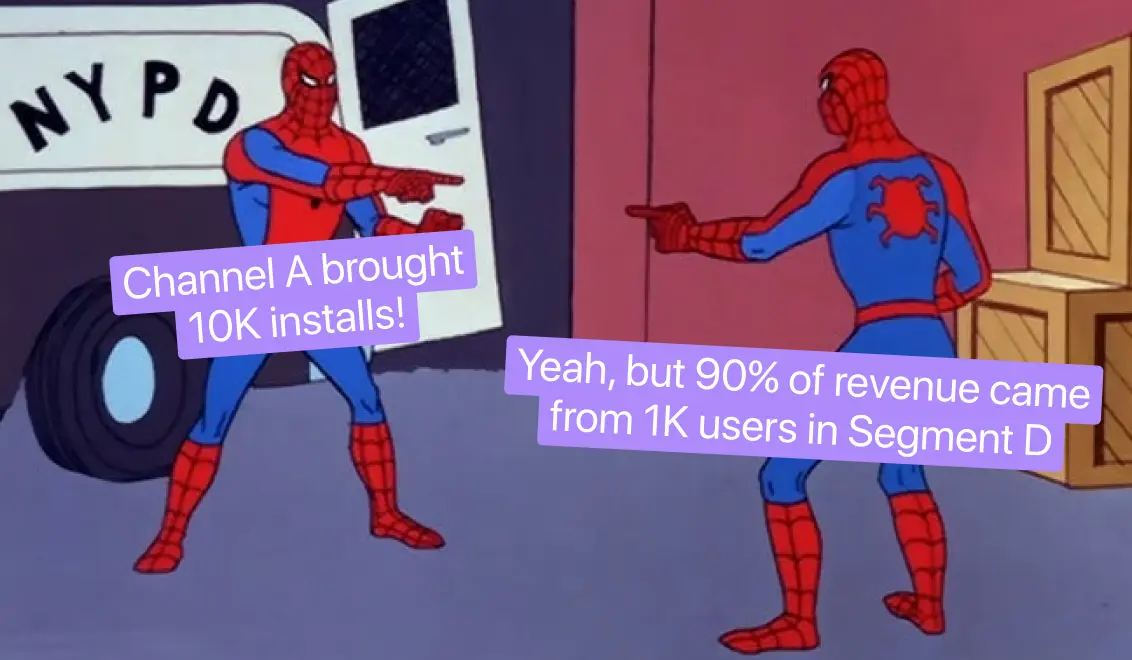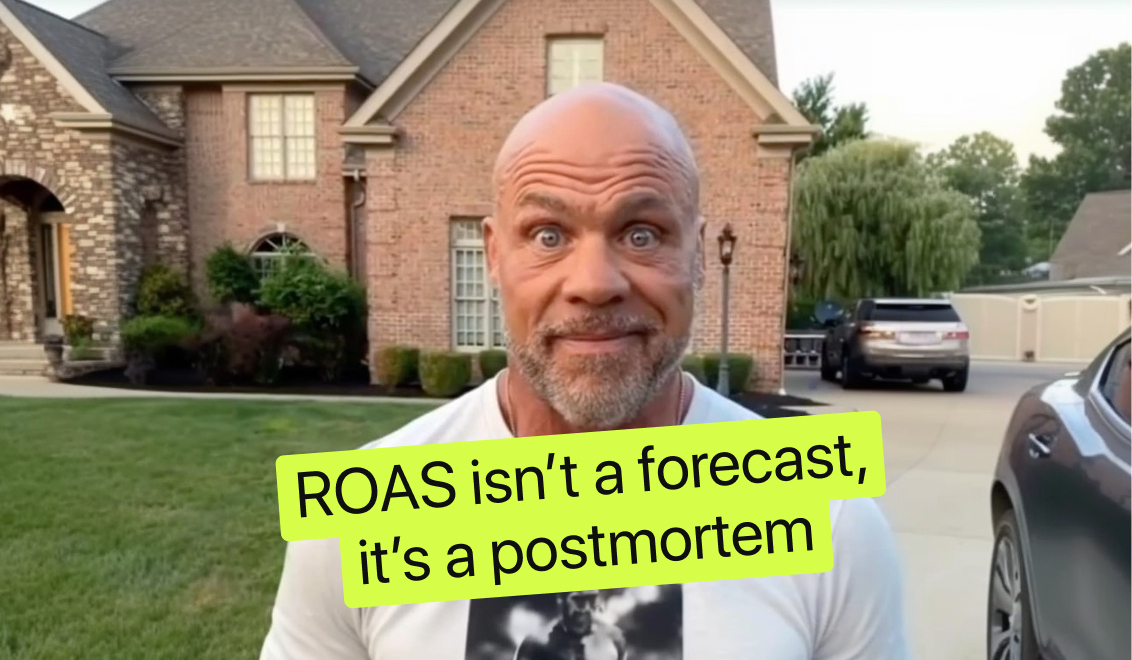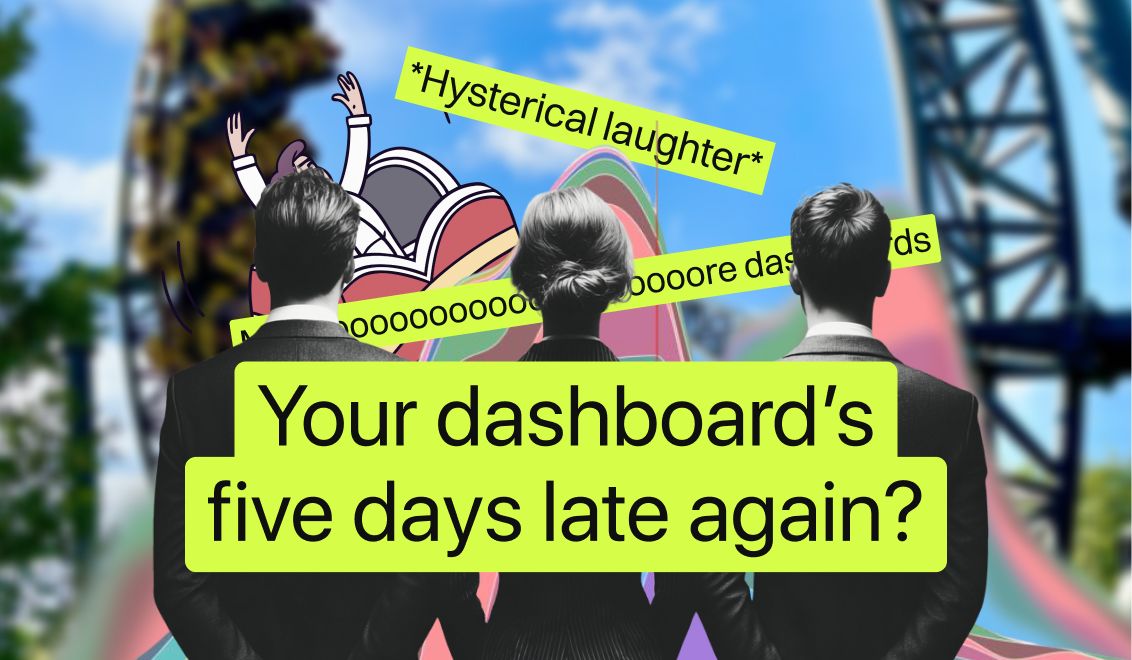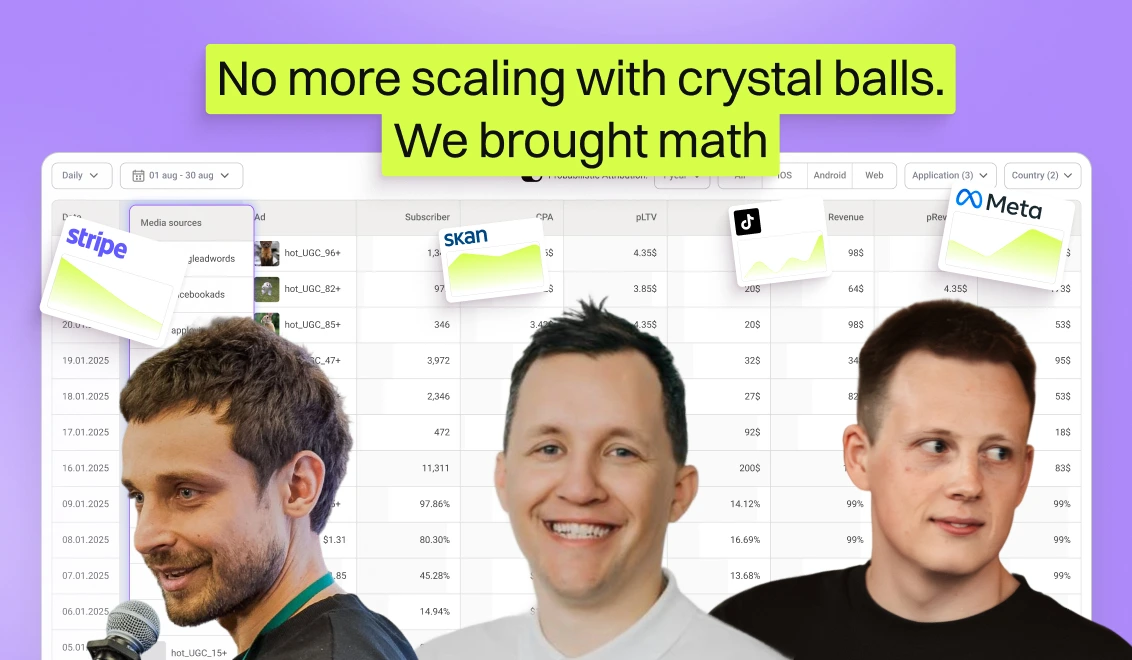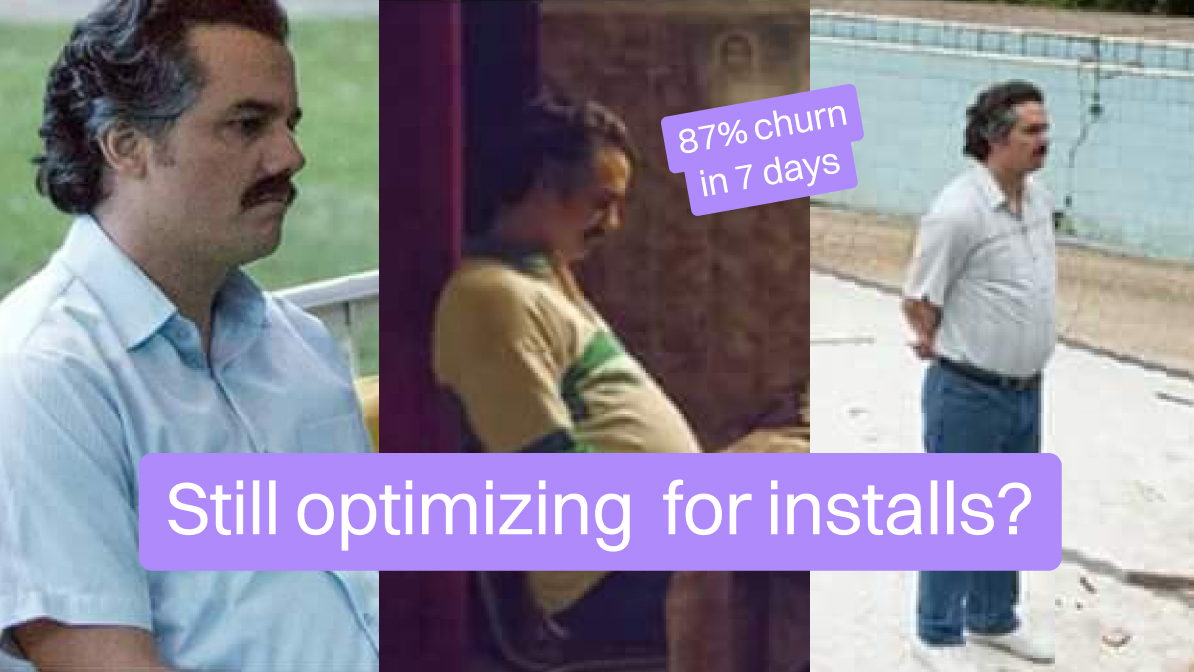Navigating user acquisition in the Dating App world: Challenges and shifts in 2025
.jpg)
Hey folks, I’m Inna. If you’ve run performance campaigns for dating apps in the past few years, especially on TikTok, chances are we’ve danced around the same dashboards.
I started in performance marketing back in 2018, doing Facebook campaigns for e-commerce brands in agencies. But since 2021, it’s been all about apps for me, and specifically, dating apps. The first app was built for the broader LGBTQ+ community, where I launched and scaled campaigns on TikTok. Then I joined TikTok itself, where about 80% of the clients I worked with were in dating. I helped them scale using platform-native strategies. These days, I’m focused on user acquisition at HER app, helping scale one of the leading queer dating platforms.
The dating vertical is emotionally loaded and incredibly dynamic. Trends shift fast, and what worked even six months ago can tank today. What makes dating UA so unique is this: your win often means losing the user. You connect someone to a partner? They churn. That paradox is baked into the model, and it's why growth here takes a whole different kind of thinking.
And now I’m going to walk you through exactly what’s working, what’s flopping, and what’s actually driving revenue for dating apps right now.
.png)
Standing out means speaking their language
The dating app market is huge and growing (projected at $5-7B in 2025 with a CAGR of 6–9%), but it’s also incredibly crowded. Between the big players of the world and hundreds of niche players, the attention war is intense. And users? They’re over it.
Retention is slipping down from 4.1% in 2021 to 3.3% in 2025 and it’s not just noise in the market. Reports from The New York Times, Vox, and Psychology Today (2023–2024) show that dating, especially for women and Gen Z, is increasingly described as exhausting or transactional. As a result, interest is shifting toward “slow dating” and “intentional dating”— platforms like HER, Tea, and Feeld that offer more meaningful, connection-first experiences.
Another big part of that drop is cultural mismatch. When a product feels like it belongs to an older sibling or, worse, a parent, Gen Z tunes out fast. They want their own spaces, their own pace, their own vibe. Relevance beats routine, and what keeps them around isn’t a long feature list, but whether the app moves with their world.
And here’s the real kicker: because dating is inherently seasonal, even your best users will leave when they enter a relationship. So when you combine all of this — the emotional fatigue, Gen Z’s hunger for freshness, the aversion to cross-generational platforms — you end up with a retention challenge that no amount of push notifications will fix. Which means your goal isn’t to hold them forever, it’s to leave a lasting impression that sticks through their off-periods. Will they come back when they’re single again? Will they remember your app as worth trying? That’s your retargeting engine right there.
.png)
Uniqueness isn’t optional. It’s your ticket in
By the time someone scrolls through lunch, they’ve seen twelve other dating ads. If you don’t stand out, you don’t exist. And no, slapping pink gradients on your onboarding doesn’t count. I’ve seen brands sink under the weight of their own sameness, while others, smaller, scrappier, louder, ran laps around them simply because they knew what made them memorable.
And when you do nail it, magic happens. Just look at the viral rise of Tea – Dating Safety for Women, the U.S. app where women leave reviews of guys they’ve dated. A trend that grew virally on Facebook for years, tuned into what women were saying, and built trust. The creators of Tea nailed the mindset of their audience and turned it into a product that felt instantly relevant. Fresh, bold, and unlike anything else on the market, it landed fast and hit hard, turning curiosity into conversations, and conversations into millions of installs.
Same goes for Feels app, a Gen Z-focused platform launched in 2020 with one core idea: dating should feel more like self-expression than shopping. No swipes here. Instead, you scroll through stories-style profiles with videos, answers to quirky prompts, reactions to memes, and music. It’s social, creative, and emotional. More ‘vibe check’ than checklist.
Matching happens through emoji reactions and comments. And the whole UX leans into their tagline: “It’s not a dating app. It’s a feeling app.” That emotional clarity and format shift is what’s made it resonate with a generation tired of performative bios and endless scrolling.
So don’t try to be everything for everyone. Define your edge, make it sharp, then let every part of your UA reflect it.
And there’s more: uniqueness often overlaps with community. The most successful apps aren’t just different in function; they feel personal. Community-focused platforms like HER or Chispa work because they create safety, trust, and relevance for specific community. That specificity pays off: community-driven apps significantly contributed to the dating market’s $5.18B valuation in 2024, and their share is expected to double by 2035.
Now that you’ve got a clearer view of the landscape and why uniqueness matters, let’s dive into the practical best practices that are driving real user acquisition results right now.
Creative is still queen
The best-performing creatives today are the ones that feel genuinely sincere. We’ve tested this with queer creators and straight ones. Depending on the app, we always work with people who reflect the audience we’re speaking to. The ones that hit hardest are the most human.
At HER, for example, we deliberately avoid "AI talking heads" in creatives. Our audience values authenticity. We share real stories from real users, not polished scripts. That’s what drives installs and long-term affinity.
Remember, for queer communities especially, loyalty runs deep. If a creator says, "this feature doesn’t exist anywhere else for us," it gets attention. But don’t fake it. That same audience will roast you on TikTok if you pretend to care and don’t back it up.
And one more thing we’ve learned: if a creator in the ad creative highlights a specific feature, your job is to keep that thread going. That means leading the user straight to an App Store page where that exact feature is front and center. It makes the whole journey feel intentional, like the product is delivering on the promise of the creative. That kind of alignment build trust and drives down CPAs. And that’s where Custom Product Pages come in.
Why creative flow matters when you’re chasing lower CPA
At HER, we use Custom Product Pages (CPPs) to better align the App Store experience with user intent and identity, especially important for our diverse LGBTQ+ community.
There are three main reasons why CPPs became a core part of our acquisition strategy on Apple Ads, but not only (TT, Meta):
1. Keyword Relevance in Apple Ads
CPPs allow us to match search intent (e.g., “lesbian dating app”, “bisexual app”) with visual messaging that reflects that identity, improving conversion rates and lowering CPI/CPA.
2. Creative Testing Sandbox
They allow us to experiment with visually and emotionally distinct approaches — testing everything from illustration to bold photography — without changing the default App Store page.
3. Aligned User Journey
If you talk about a specific feature or creator in your ad creative, show it in the App Store too. We’ve seen strong results when the CPP mirrors the exact hook from the creative: same visuals, same message, same person if it’s a top-performing influencer.
And with the latest App Store update, Custom Product Pages can now be indexed for organic search too making them an even smarter move for scaling efficiently.
How we create and test CPPs
Our approach was divided into two phases:
Phase 1: Testing Distinct Visual Concepts
We launched a variety of CPPs, each with a clearly different creative direction, tested against relevant keyword groups in Apple Ads. This helped us understand what visuals resonate most with different parts of our audience.
Phase 2: Deep Optimization (planned)
Once strong directions were identified, the plan is to:
- Localize or tailor CPPs for different audience segments
- Test variations of in-app product screens
- Refine copy, value propositions, and pain point framing
- Apply learnings to improve the default App Store page

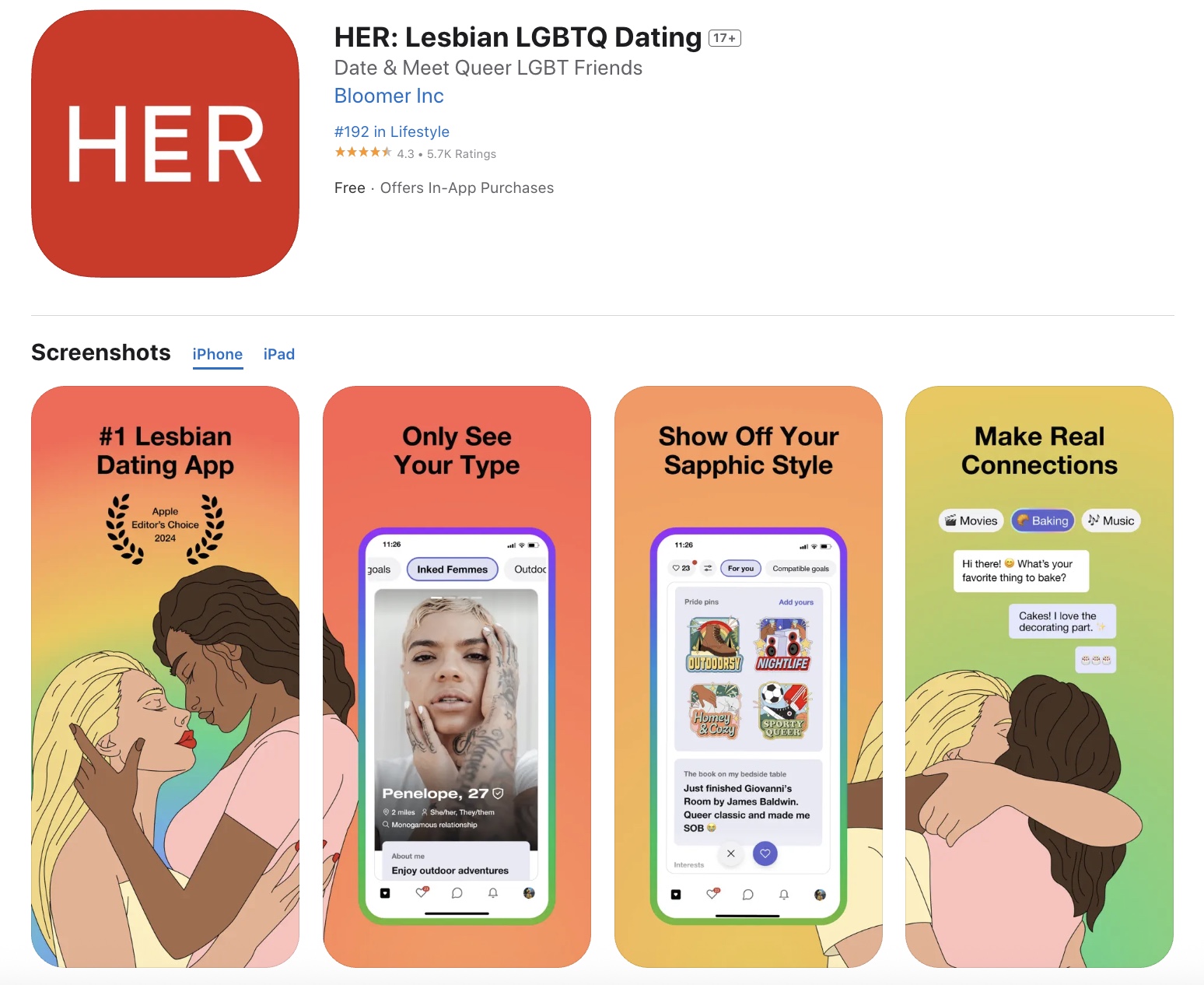
In one round of tests, switching from a generic default CPP to a custom version tailored for a specific audience led to a 27.5% drop in CPI and a 17.3% reduction in new account cost. We’re now scaling this approach across different audience segments to drive even more efficiency.
Paid + organic = your survival kit
2025 UA is no longer about just throwing money at Meta and hoping for the best. You need:
- Influencers talking organically
- App Store reviews from users sharing genuine experiences
- SEO-optimized blog content and community backlinks
- Reddit mentions, Quora answers, Wikipedia entries
These are what I call "AI-optimized content strategy" If someone asks an AI what app to download, your product needs to show up in all the places the AI pulls from. That means real community content, real user feedback, and a footprint outside your paid ads.
AI and UGC: the new SEO
We’re entering the era of AI-assisted discovery, and dating apps should treat AI as the new SEO. But here’s the catch: AI can recommend, but users still need peer proof. That means feeding the ecosystem:
- Reviews
- Testimonials
- Influencer commentary
- Evergreen blog content
Structure your messaging clearly, make it scannable, and make it emotionally resonant. That’s how you get recommended.
.png)
What’s next: brand beats performance
Dating is cyclical. Today someone’s swiping like there’s no tomorrow, tomorrow they’re off the market or just plain tired of the whole thing. But give it a few months, and they’re back again. That’s why being memorable matters. You won’t always catch them in the moment they’re ready for new connections, fresh starts, or just getting back out there, but if your name sticks, you’ll be the one they search for when the moment comes.
To stay top-of-mind, you need more than paid ads. Organic presence is what builds staying power, and Gen Z makes this especially important. This generation grew up with algorithms and filters; they can spot an ad from a mile away. What they trust are real voices. They look for apps mentioned by people they follow, creators who use them casually, not in a glossy promo. They notice when your brand shows up in real conversations on TikTok, in comment threads, or even in reviews that don’t feel like reviews.
One tool that actually helps build this kind of presence is brand ambassador partnerships. Not just for a campaign, but as a way to stay present in a user’s world over time. When creators bring your app into their everyday content, mention it casually, talk about features they genuinely like, share how it fits into their life, it hits differently and sticks.
So invest in the stuff that doesn’t scale easily: earned mentions, organic UGC, community credibility. These things compound. And when the timing flips, you won’t be starting from zero, you’ll already be on their radar.
TL;DR from someone in the trenches
There are no plug-and-play campaigns here. But if you like solving human behavior with spreadsheets, welcome home. Here’s what I’ve learned:
- Know your audience or better yet, be part of it
- Build a product that gives them something different
- Let real users lead the voice: reflect their moods, words, and jokes
- Get your house in order (CPPs, creatives, channels)
- Think long. Be real. Be useful.
If you’d like to stay in touch or swap insights on app growth, feel free to connect with me on LinkedIn. Always happy to share learnings and learn from others in the space.
This part’s for the growth nerds (hi!)
And if what you really need right now is a tool that helps you quickly and clearly see which of your marketing moves are actually working when scaling a dating app, Campaignswell’s got you. No more juggling five dashboards or waiting days to connect creative to actual outcomes.
It gives you real-time, predictive ROI by creative and channel, with LTV baked in, so you know not just what’s getting installs, but what’s driving the good users, the ones who stay, convert, and come back. Even if your strategy’s a mix of TikTok chaos, ASA, Meta spend, and influencer gambles, Campaignswell pulls it all together and makes it make sense.
Want to see how it actually works? Book a quick call and we’ll show you Campaignswell in action.

Co-founder & CEO at Campaignswell

